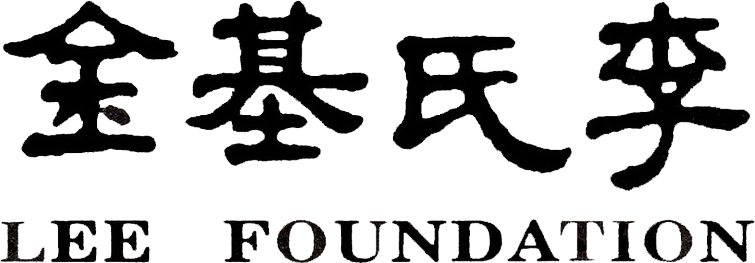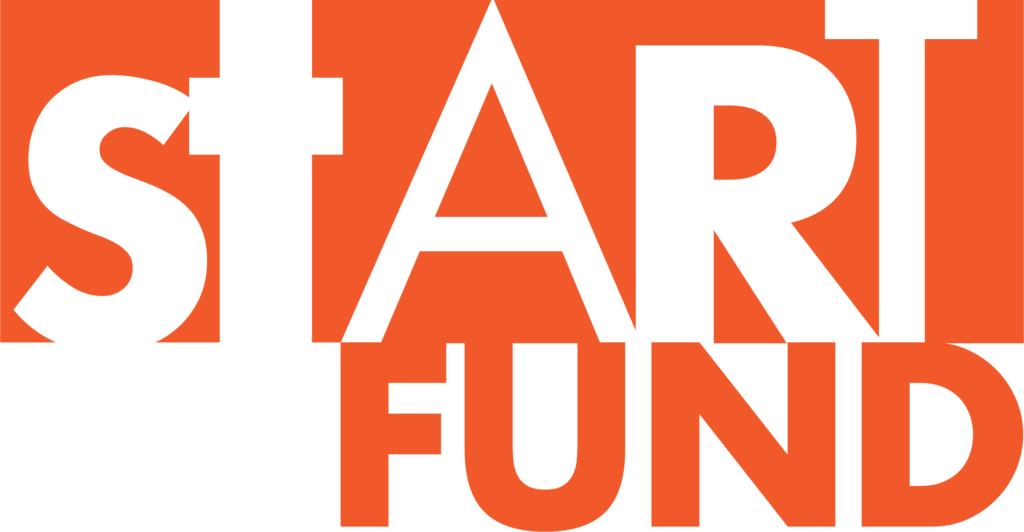Bharatanatyam artistes, Rama Vaidyanathan and Dr Apoorva Jayaraman, who were amongst the chosen artistes who showcased their thematic new work under the umbrella of the theme, Ritu, curated by the Natyarangam festival at the Narada Gana Sabha in Chennai in August, decode their specific work and their take on its thought and treatment, in dance
Dr Apoorva Jayaraman allows us insights into her treatment of Grishma
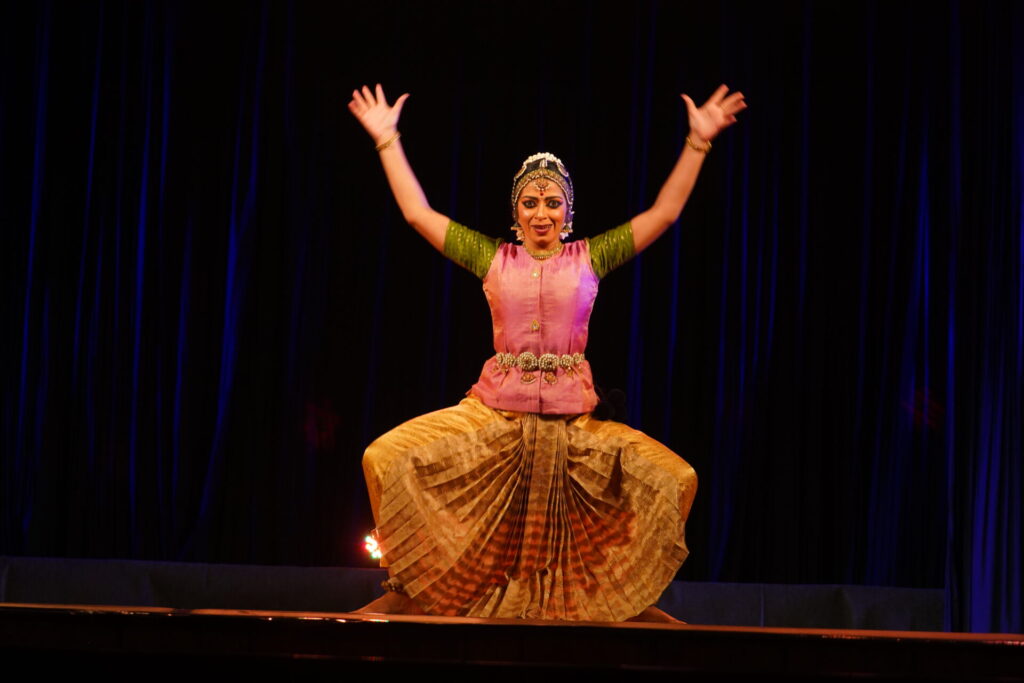
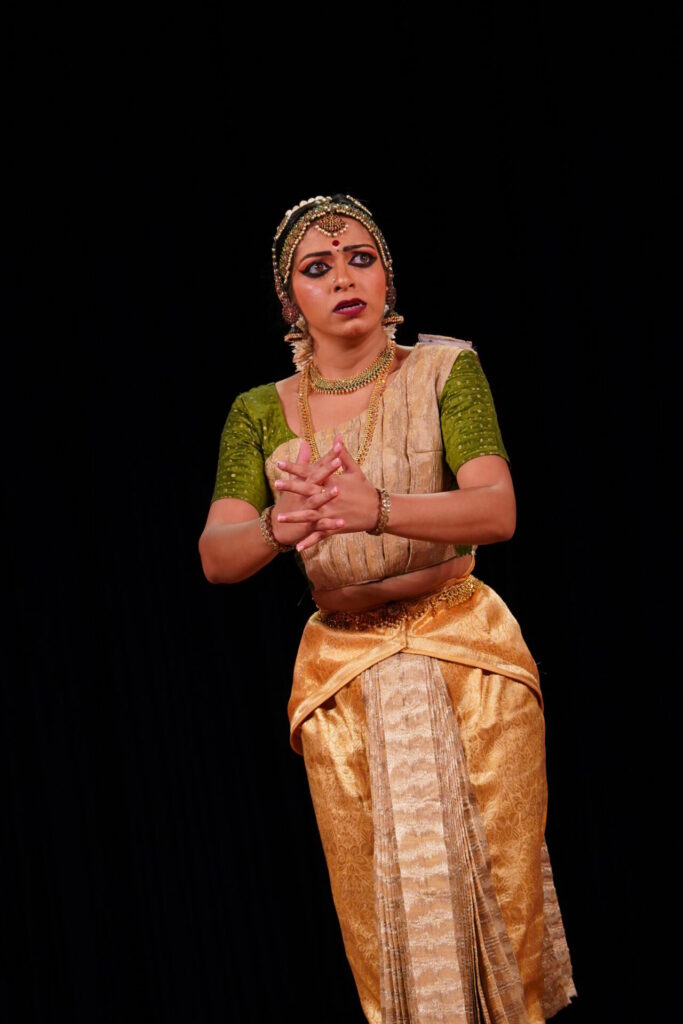
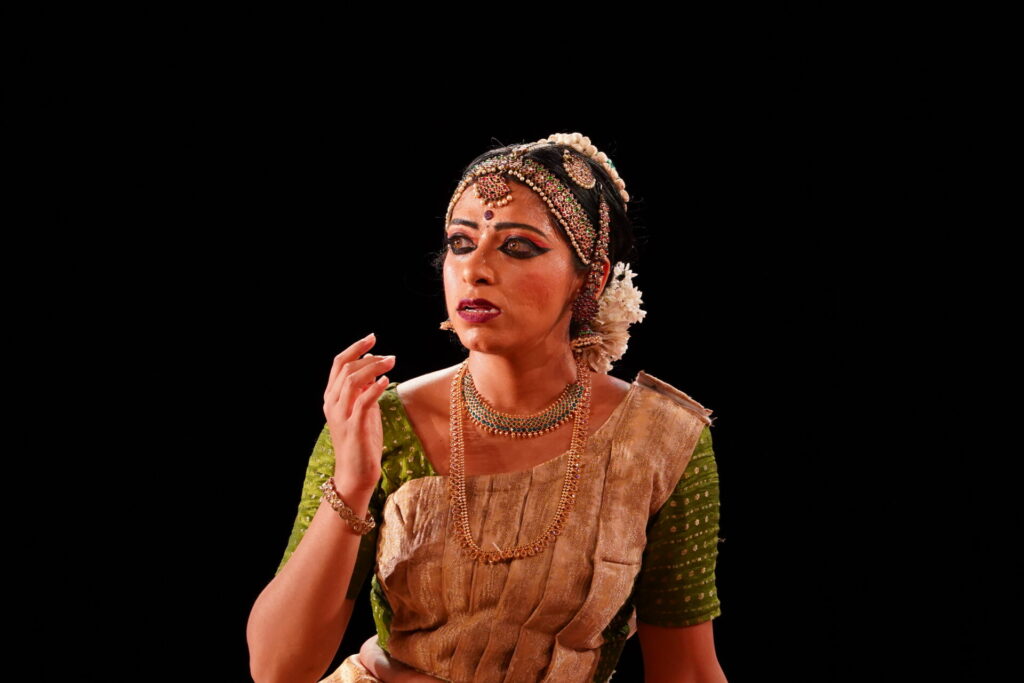
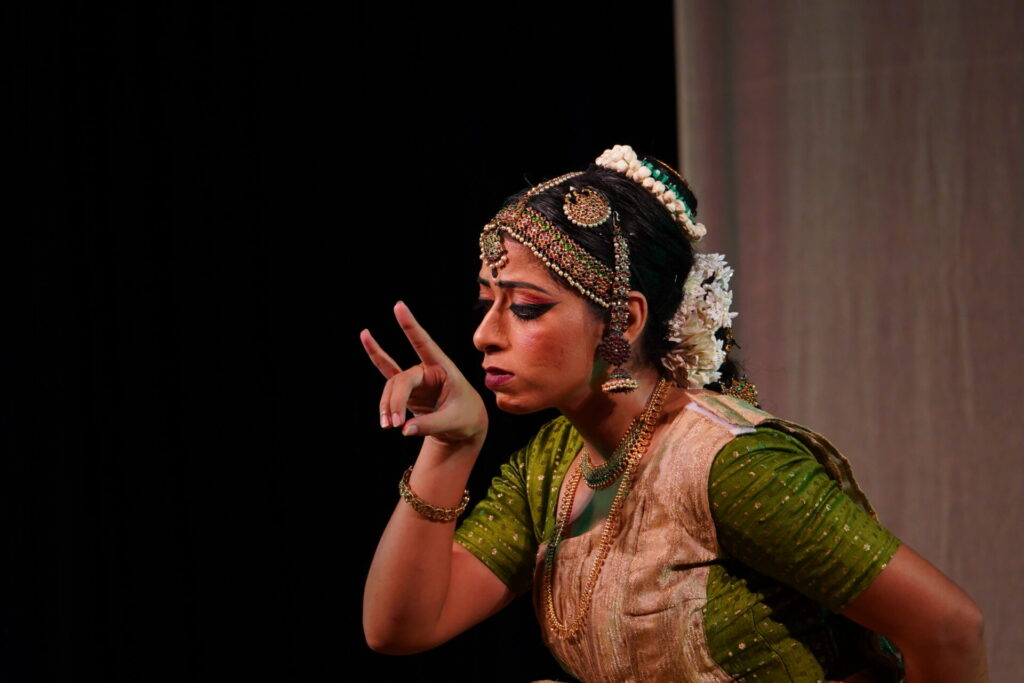
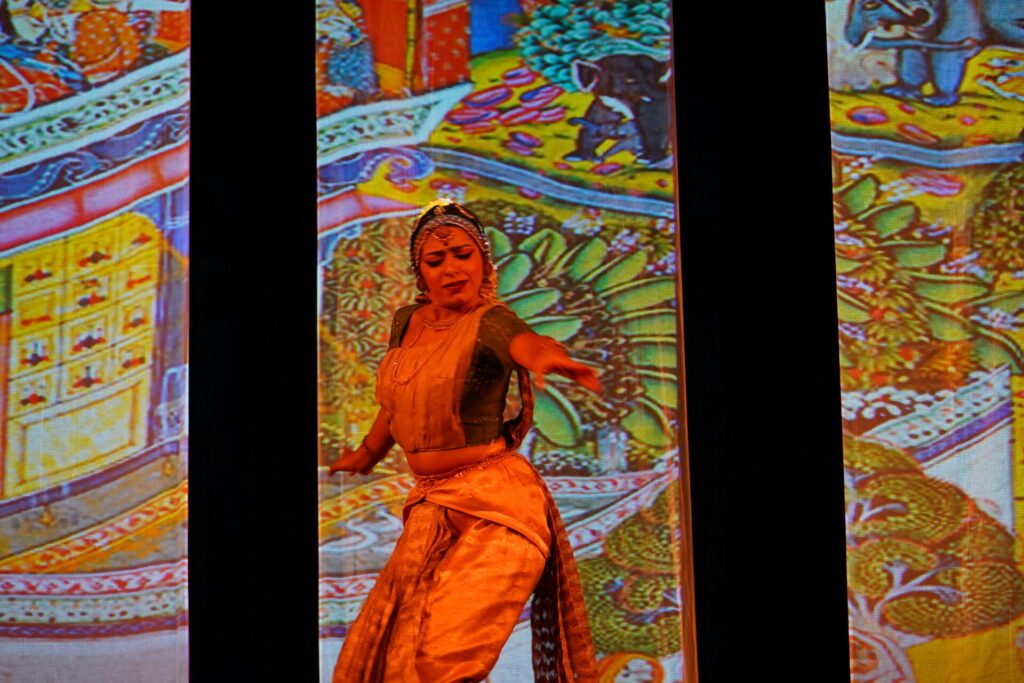
When you received the theme Grishma from the Natyarangam Commitee, what was your initial response?
I am born and raised in Bangalore, a city known for its great weather. Therefore, the one thing about living in Chennai that always irked me was the summer heat. It was the one thing I never managed to get used to, and I definitely did not enjoy.
So, when I got to know that Grishma is the theme that Natyarangam was inviting me to work on, I thought to myself – “oh my gosh! “Irritation” is going to be my eternal sthayi bhava!!”
For the first few days, the mind was a blank page. But midway in the process, I began to appreciate being commissioned to work on a theme that I wouldn’t have naturally gravitated towards, as without an “obvious” starting point.
I had to go on a journey to find what it meant to me, and what I wanted to say.
Personally, what is your take or relationship with summer? How much of the personal do you bring to your work, in general?
Fatigued. Irritable. Underproductive. These are the first few words that I would use to describe myself in the Indian summer.
But when I thought beyond this tip-of-the-tongue response, I remembered the sweet feeling of taking a shower after a tough three-hour rehearsal or class in the sweltering heat, and lying on my bed, feeling the warmth spread through my exhausted muscles.
A drenched dance saree, sweat splashing from my braid… this, I realised, is the real deal, the real visual I have of the Chennai summers. One is dead by the end of a practice, but you never wish you didn’t have to do it.
Spring is a time of hope and dreams. The monsoons, almost a celebration.
But summer is a time of toil, a conscious journey through harsh and unfriendly times to go nearer one’s goal.I began to see summer as a time where the human spirit demonstrates an extraordinary ability for perseverance, for survival and an inexplicable thirst to soar.
This personal identification is definitely where I’m drawing from and what helps me want to tell a story, or even have a story to tell. The one liner for me is “Summer – the fire in my soul”.
An artist’s job is to extrapolate the specific to the generic, in a manner that it finds resonance with a large number of people, without either losing (or over indulging in) its idiosyncrasies and frailties. So to answer your question, yes, the seed is personal. The impulse for the story is personal. But the stories themselves are not necessarily so.
Your concept note is an interesting exploration of a whole host of ideas that are connected with the notion of summer – romance, abundance, hope, fearlessness but also there is hardship and self-preservation; typically, what is your process of creating new work?
Sometimes, the starting point of a work may simply be to explore something from an anthology of interest. I then read/explore/have conversations around the subject which slowly helps me understand the approach I want to take with the piece.
Writing is the most important tool that helps me begin to articulate my ‘whys’ and to start to see a thread in my choices. Even though a first script may look either just like bare bones, or sometimes have too much clutter, the process of putting pen to paper strangely gives me the confidence to find my way.
My biggest problem is knowing when to stop! In this regard, conversations with my teacher have always been my grounding factor – when I simply don’t know when to stop tweaking and fixing; or when I don’t know when to cross the threshold from research to visual stage, she has been my guide and compass.
What is the kind of research that went into creating this particular work?
In this particular instance, it started with reading a lot of literature to find references to summer. I read everything that came my way, shortlisting interesting portions from Kalidasa’s Rutusamharam, Kalithogai of Sangam Literature, Kavi Keshavdas’ Rasikapriya.
For this particular project, Natyarangam greatly aided our process with strong starting points – talks and sharings from scholars like Dr Sudha Seshayyan. I came across a mention of some interesting songs on summer in an interview with artist Shubha Mudgal. Another of our resource persons Monali Bala helped me source and understand some of those which sounded intriguing.
I had several rounds of conversations Dr Raghuraman, who each time draws me a further mile into the immensely fascinating nooks and corners of the world of Tamil literature, this time throwing at the me the exuberant verses of Kalingattuparani which embodies such potent imagination; and S Jayachandran, who always unsettles the equilibrium (in the best way) and impelled me to go beyond the “narratives” and find my eka-vakyata.
In the world we live in, we don’t have the luxury of just shutting ourselves and focussing just on the work, right? How do you manage switching in and out of this process of being preoccupied with a work and also managing the everyday and the mundane?
I visualise/dance in my head all the time. A lot of the creation of this work, in the sense of visualisation, has been happening outside the studio – in transit in an airport, in an auto getting from class to home, lying on bed waiting for sleep to hit etc.
This time around I’ve also been doing some of the work on my students. This has been a fairly fresh addition to how I work and I’ve been really enjoying that dimension. So some of the “teaching time” has serendipitously merged with “choreography time”.
Yes, one wishes one can shut everything else off and just create. But when I don’t stop or pause, I tend to either start doubting the effectiveness of my work as I’ve saturated my own visuals, or I tend to infinitely tweak things, losing perspective on when to stop. Coming away from work from time to time has helped me return to it with a fresh mind.
Spring in your step
Rama Vaidyanathan allows us access into the world of spring that she intends to bring to stage and how new work takes form and shape in her head, and heart
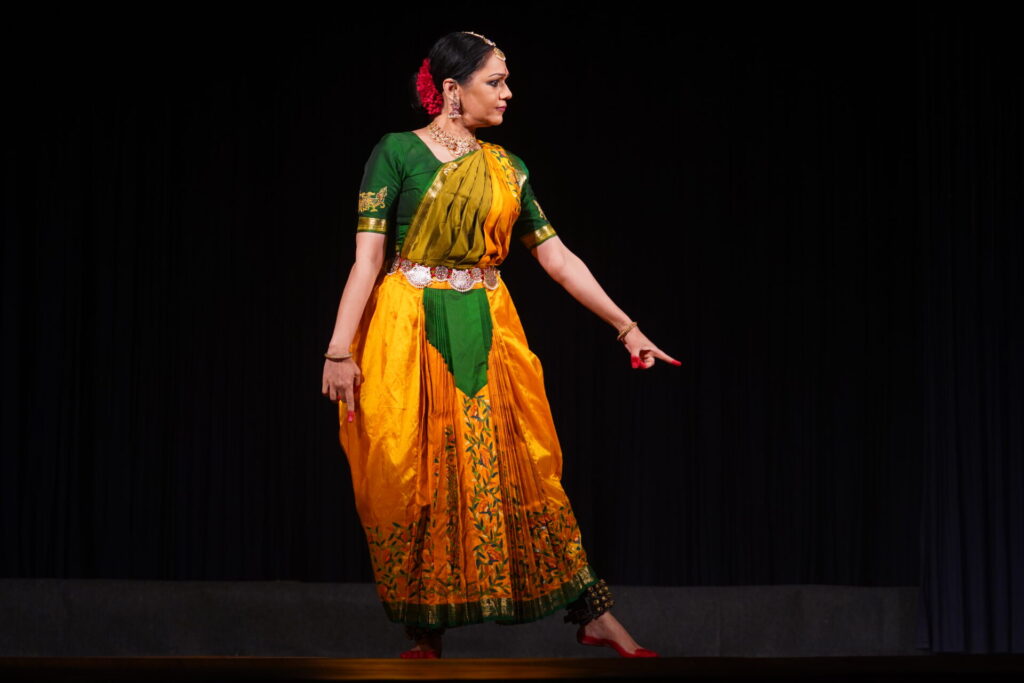
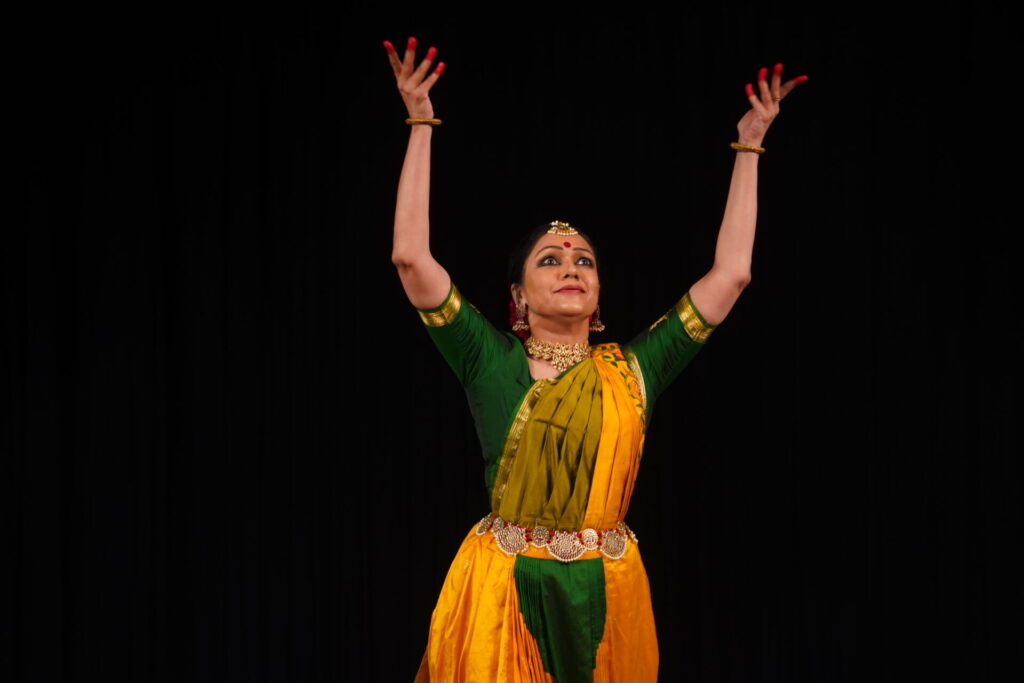
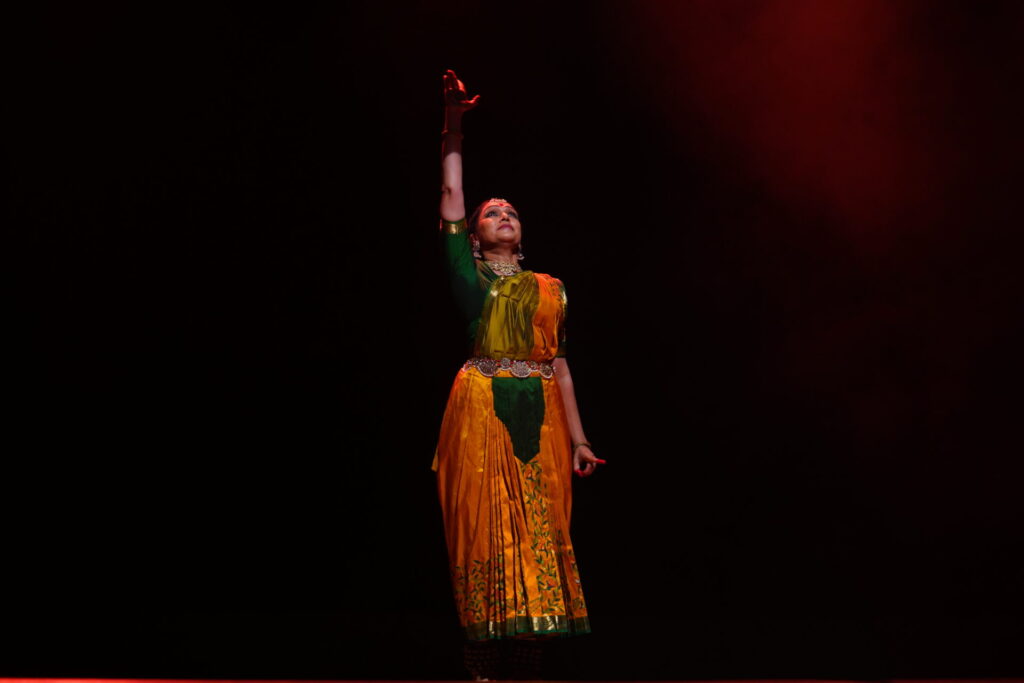
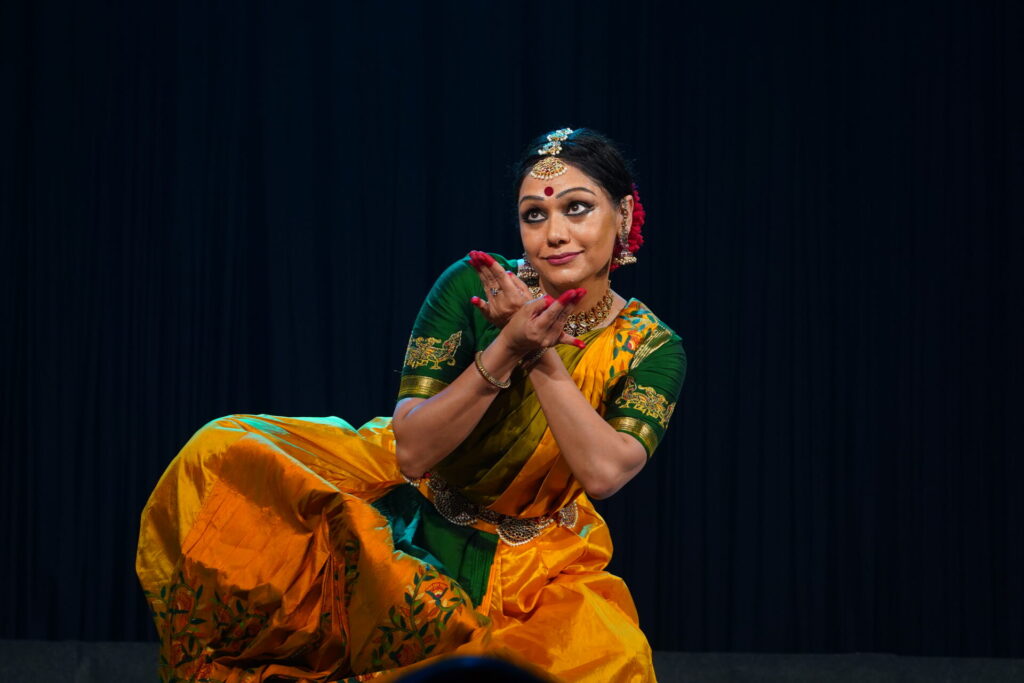
Your theme for the festival was Vasantha; as a season, Vasanth is a very visual idea, right?
Yes, Vasantha is pretty much a visual representation of the season but I treated it a little differently; I focussed on what spring actually symbolizes.
Spring means equanimity, a sense of equilibrium and balance; it’s about everything in the right quantity and that is why the season of spring is so favourable for all of us. It is also about being in a state of spring in your head and heart.
I looked at describing spring not by just saying that it is beautiful; it’s more than the cool breeze and the flowers blossoming and the buzz of the bees all around; it’s beyond the koel cooing and Cupid striking his arrows of flowers and ensuring love is in the air.
I approached this production through a layered approach; spring also means rejuvenation and it is the time for renewal; it is the time to start everything fresh.
I think it is a very important concept of living itself because even in life, it is important to discard the old and move forward with something new and inspiring.
Spring for me is also about hope; it’s about having a positive attitude and being optimistic about the future.
Over years of creating work, in the traditional Margam format and working on themes, have you figured out a formula of sorts in creating a new work? If yes, what is it?
I believe there is no formula. I think what really works is to harness the dance form that is in your body in the best possible manner and also to be very good with your research and collecting material for the work you do.
So even for a 90-minute work, you tend to work for hours and hours and that doesn’t mean you stuff everything into that time. I think the basic formula is to collect a lot of resources and material, internalise the idea and be very careful about what, and how to use what you have.
My mantra is always, less is more.
What is the role of music while you create new work? Talk to us about the music for this new work?
Music in the context of dance is very important. Especially in a production like this, where every single piece is new and is created from scratch. There is no set song that I pick up and choreograph to. Every idea originates through poetry that is relevant to this theme, and that then has to be set to music.This also means you need to have a clear understanding of the kind of music you’d like to use.
Obviously, when it is spring, there is a lot of North Indian connotation to it, with Basanth Panchami, Holi, Raas, Krishna and Radha. A lot of these imageries have been replicated in the miniature paintings and find mention across several pieces of music – bandish – that are sung in connection to these paintings.
Spring is very beautifully described by Tagore and in Sangam poetry. I worked on these poems and the music was composed by Dr S Vasudevan. The rhythmic compositions were done by Manohar Balatchandirane.
I first visualized this work in my head and with notes and then worked with the musicians. Then I created a format and made a draft. I worked on the draft and that kept changing until I felt it was the final. That’s what you saw on stage.
In the world we live in, we don’t have the luxury of just shutting ourselves and focussing just on the work, right? How do you manage switching in and out of this process of being preoccupied with a work and also managing the everyday and the mundane?
It is important to be completely focussed on what you are doing and I think the phone and social media can be big distractions. It is really up to us as to how we manage that. We can’t allow them to take over our lives but we need to take over their lives. It is important to have that control.
Focusing singularly and in entirety when you are in a creative space is very important. At the same time, even while you are doing some other activity like driving to some place or watching Netflix or watching someone else dance, what I’m working on is constantly at the back of your head.
It is simmering within; marinating, soaking in, taking shape. It is not necessary that you think about this production when you are with your notes or with your musicians in the studio. It engulfs you and becomes a part of your life.




